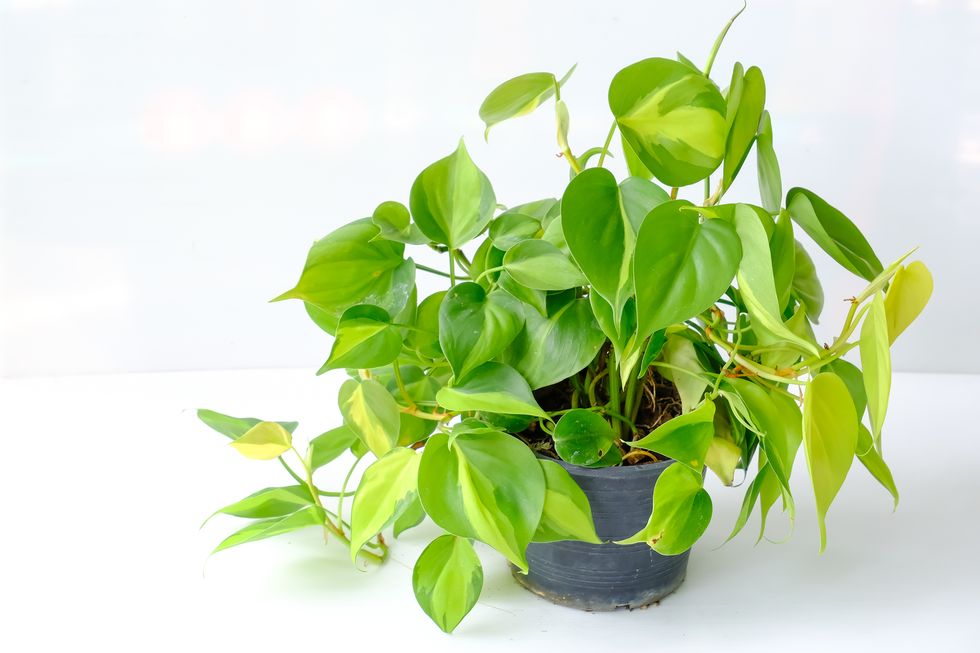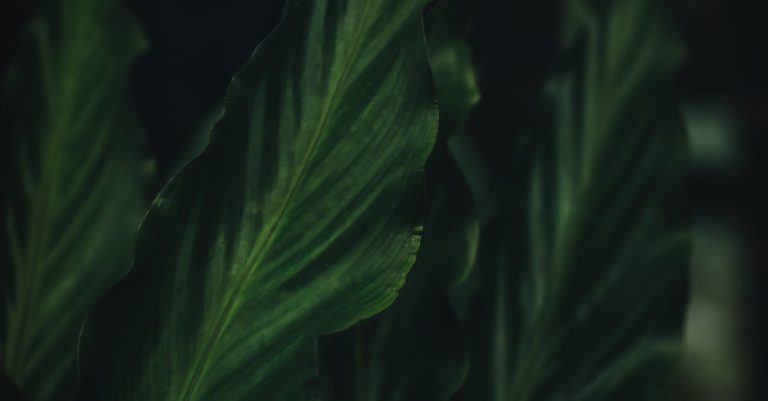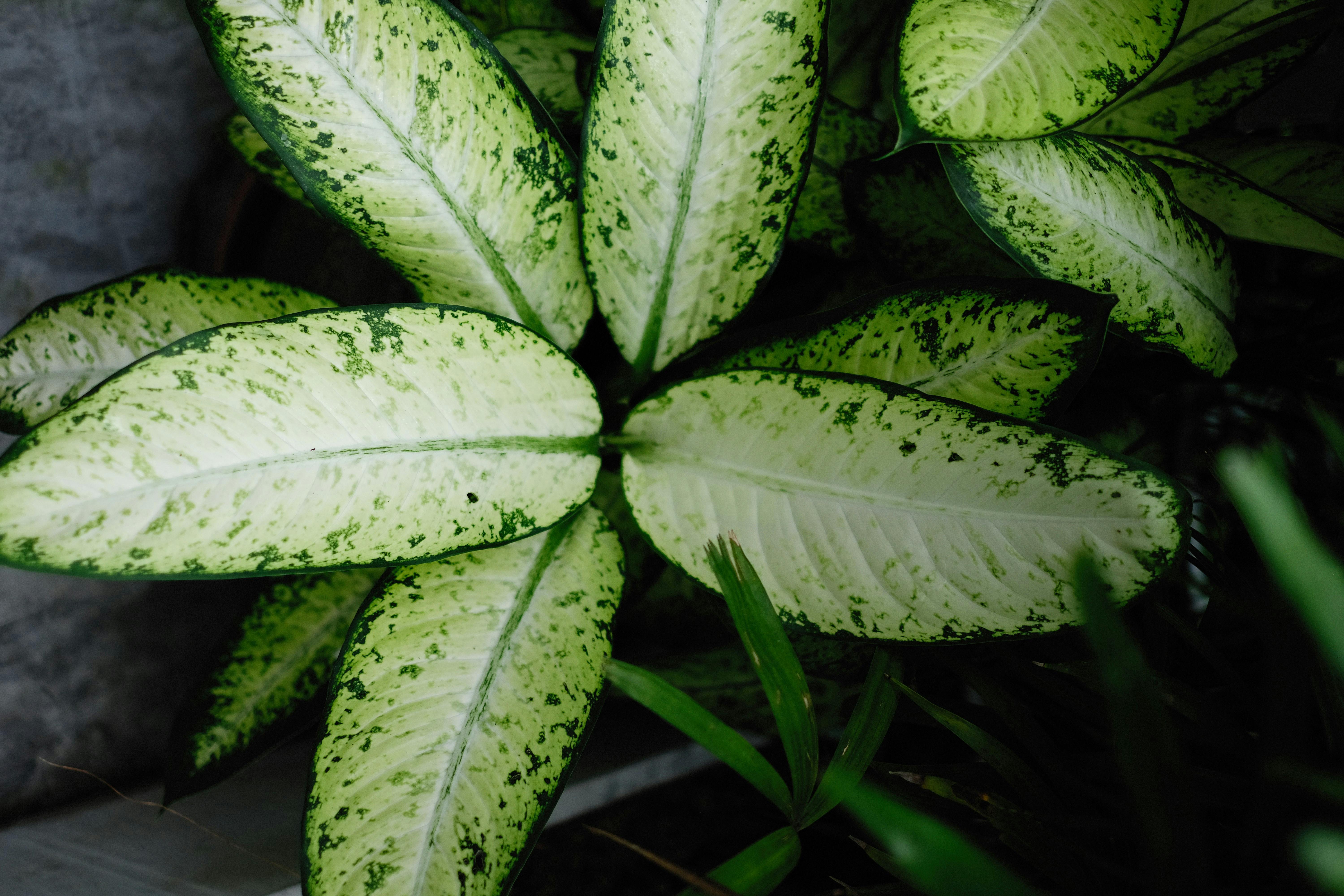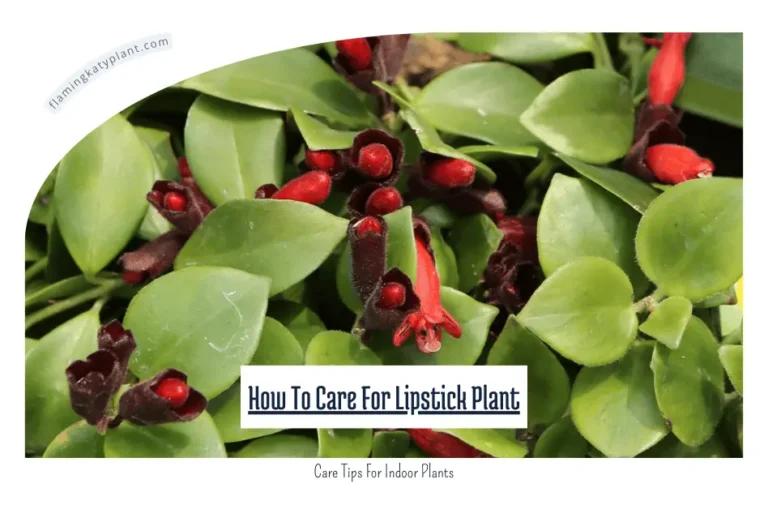How To Care For Heartleaf Philodendron (Philodendron hederaceum)
Heartleaf Philodendron, also known as Philodendron hederaceum, is a popular houseplant that is beloved for its beautiful heart-shaped leaves and easy care requirements. Originating from the tropical regions of Central and South America, this plant has been cultivated for centuries due to its stunning appearance and air-purifying qualities.
In recent years, Heartleaf Philodendron has experienced a resurgence in popularity as more people seek out low-maintenance plants to bring a touch of nature into their homes. With its ability to thrive in a variety of lighting conditions and its forgiving nature when it comes to watering, it has become a favorite among both experienced plant enthusiasts and beginners alike.
One key element to caring for Heartleaf Philodendron is to ensure that it receives adequate sunlight. While it can tolerate low light conditions, it will thrive best in bright, indirect light. Placing it near a window where it can receive filtered sunlight is ideal for promoting healthy growth and vibrant foliage.
Another important aspect of caring for a Heartleaf Philodendron is to water it properly. This plant prefers evenly moist soil but can also tolerate periods of dryness. It is essential to allow the top inch of soil to dry out before watering again to prevent root rot. By following a consistent watering schedule and avoiding overwatering, you can help your plant to thrive and grow successfully.
In addition to proper lighting and watering, it is essential to regularly fertilize your Heartleaf Philodendron to encourage healthy growth. Using a balanced, water-soluble fertilizer every 4-6 weeks during the growing season will provide your plant with the nutrients it needs to produce new leaves and maintain its overall health.
By following these simple care tips and providing your Heartleaf Philodendron with the right conditions, you can enjoy a beautiful and thriving plant that will bring beauty and freshness to your indoor space. Whether you are a seasoned plant parent or a beginner looking to add some greenery to your home, the Heartleaf Philodendron is a versatile and rewarding plant to care for.

How Do I Care for My Heartleaf Philodendron (Philodendron hederaceum) to Ensure Optimal Growth?
Heartleaf Philodendron, also known as Philodendron hederaceum, is a popular houseplant known for its heart-shaped leaves and easy care requirements. To keep your Heartleaf Philodendron thriving, it is important to provide it with the right growing conditions, including bright indirect light, well-draining soil, and regular watering. Additionally, regular pruning and occasional fertilization can help promote healthy growth and prevent common issues such as leggy stems or yellowing leaves. In the next section, we will delve deeper into each aspect of caring for your Heartleaf Philodendron to ensure it remains happy and healthy.

Light Requirements
Heartleaf Philodendron thrives in bright, indirect light. Avoid placing it in direct sunlight as this can scorch the leaves. A north or east-facing window is ideal for this plant.
Watering
Water your Heartleaf Philodendron when the top inch of the soil feels dry to the touch. Make sure not to overwater, as this can lead to root rot. It’s better to underwater than overwater this plant.
Temperature and Humidity
Heartleaf Philodendron prefers temperatures between 65-80°F (18-27°C). It also thrives in high humidity, so consider misting the leaves regularly or using a humidifier.
Soil Requirements
Plant your Heartleaf Philodendron in a well-draining, lightweight potting mix. A mix that includes peat moss, perlite, and bark works well for this plant.
Fertilizing
During the growing season (spring and summer), fertilize your Heartleaf Philodendron once a month with a balanced liquid fertilizer. In the fall and winter, you can reduce fertilization to every 6-8 weeks.
Pruning
Regularly prune your Heartleaf Philodendron to encourage bushier growth and remove any dead or yellowing leaves. You can also propagate new plants from the cuttings.
Pests
Keep an eye out for common houseplant pests like spider mites, mealybugs, and aphids. If you notice any infestations, treat them promptly with insecticidal soap or neem oil.
Propagation
Heartleaf Philodendron is easy to propagate through stem cuttings. Simply cut a 4-6 inch piece of a healthy stem below a node, place it in water or moist soil, and wait for roots to form.
According to a study by the University of Florida, Heartleaf Philodendron (Philodendron hederaceum) is among the most popular houseplants due to its low-maintenance nature and air-purifying properties.
https://youtube.com/watch?v=CIiIu2d_ipw
Can I keep my Heartleaf Philodendron in direct sunlight?
No, Heartleaf Philodendrons prefer bright, indirect sunlight. Direct sunlight can cause their leaves to burn.
How often should I water my Heartleaf Philodendron?
Water your Heartleaf Philodendron when the top inch of soil feels dry to the touch. Water thoroughly, allowing excess water to drain out of the bottom of the pot.
What type of soil is best for Heartleaf Philodendron?
Heartleaf Philodendrons prefer well-draining, peat-based soil. A mix of peat moss, perlite, and vermiculite works well.
How often should I fertilize my Heartleaf Philodendron?
Fertilize your Heartleaf Philodendron once a month during the growing season (spring and summer) with a balanced, water-soluble fertilizer diluted to half strength.
Do I need to repot my Heartleaf Philodendron?
Heartleaf Philodendrons only need to be repotted every 2-3 years, or when their roots become pot-bound. Repotting is best done in the spring.
Can I propagate my Heartleaf Philodendron?
Yes, Heartleaf Philodendrons can be easily propagated by stem cuttings. Simply cut a healthy stem with 2-3 nodes and place it in water or soil to root.
Should I mist my Heartleaf Philodendron?
Misting your Heartleaf Philodendron can help increase humidity levels, which they enjoy. However, misting is not necessary if your plant is in a humid environment.
Why are the leaves on my Heartleaf Philodendron turning yellow?
Yellow leaves on a Heartleaf Philodendron can indicate overwatering, underwatering, or lack of nutrients. Check the soil moisture and adjust your watering schedule accordingly.
Are Heartleaf Philodendrons toxic to pets?
Yes, Heartleaf Philodendrons are toxic to pets if ingested. Keep them out of reach of dogs, cats, and other animals.
How can I prevent pests on my Heartleaf Philodendron?
To prevent pests such as spider mites or aphids, regularly inspect your Heartleaf Philodendron for signs of infestation and gently wash the leaves with a mild soap solution if needed.
Conclusion
In conclusion, caring for a Heartleaf Philodendron (Philodendron hederaceum) is relatively easy as long as you provide it with the right conditions. Place your plant in a location with bright, indirect light and water it when the top inch of soil feels dry. Remember to fertilize your Philodendron every 4-6 weeks during the growing season to promote healthy growth. Prune your plant regularly to encourage bushier growth and remove any dead or yellowing leaves. Additionally, ensure your Heartleaf Philodendron is well-draining soil and provide it with high humidity by misting the leaves or placing a humidifier nearby.
By following these simple tips and tricks, you can enjoy a thriving Heartleaf Philodendron in your home or office space. Not only will this plant add a touch of greenery to your surroundings, but it will also help purify the air and improve the overall ambiance of the room. With proper care and attention, your Philodendron hederaceum will continue to grow and thrive, bringing joy and beauty to your indoor garden for years to come.




:max_bytes(150000):strip_icc():format(webp)/GettyImages-511790642-2000-6fe26923bfb040cab1ebcf930a5933ca.jpg)


